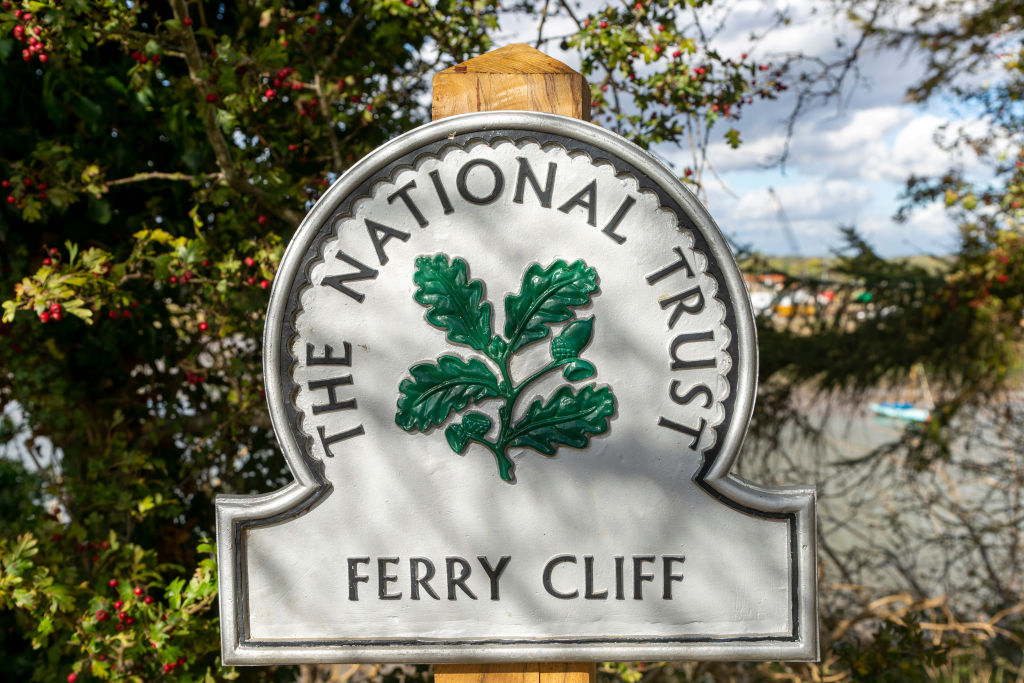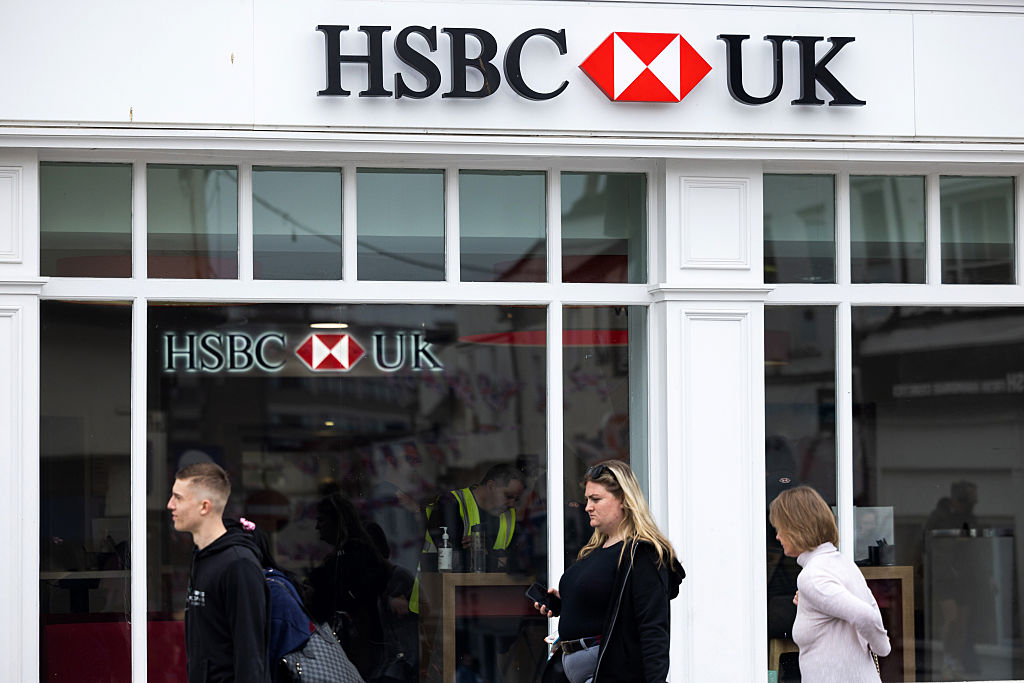12 January 1895: the National Trust is founded
On this day in 1895, the National Trust was founded to “set aside the best and most beautiful parts of Britain for the public and posterity”.

When you're a child and you're made to endure endless trips round stately homes to stare at ugly furniture preserved behind ropes you're not allowed to cross, it's easy to imagine that the National Trust was conceived by the country's old people as a way to punish naughty children with an afternoon of boredom.
Its original purpose, however, was to preserve open spaces by acquiring land. It was formed on this day in 1895 "to set aside the best and most beautiful parts of Britain for the public and posterity". And it certainly owns a lot of land – 618,000 acres of the stuff, including 25% of the Lake District, 10% of the Peak District, and 775 miles of coastline.
But it is big posh houses that it is famous for. It acquired its first one in 1907, the Tudor manor house of Barrington Court in Somerset, scene of much of the BBC's candlelit tale of treachery and intrigue, Wolf Hall. But the cost of renovating and maintaining the country pile meant the Trust wouldn't acquire another one for over 30 years.
MoneyWeek
Subscribe to MoneyWeek today and get your first six magazine issues absolutely FREE

Sign up to Money Morning
Don't miss the latest investment and personal finances news, market analysis, plus money-saving tips with our free twice-daily newsletter
Don't miss the latest investment and personal finances news, market analysis, plus money-saving tips with our free twice-daily newsletter
Now, however, it owns over 350 historic houses, gardens and monuments, about half of which are big country houses. There was something of a wave of donations after the Second World War when changes to death duties meant that many aristocrats couldn't afford to pass on their ancestral homes. By the 1970s, however, the Trust began insisting on an endowment to cover the cost of maintaining the properties it was offered.
These days, the Trust is trying to broaden its portfolio, and is busily acquiring properties that might appeal to a broader section of society – factories, workhouses and, famously, John Lennon's semi-detached boyhood home.
Get the latest financial news, insights and expert analysis from our award-winning MoneyWeek team, to help you understand what really matters when it comes to your finances.
Ben studied modern languages at London University's Queen Mary College. After dabbling unhappily in local government finance for a while, he went to work for The Scotsman newspaper in Edinburgh. The launch of the paper's website, scotsman.com, in the early years of the dotcom craze, saw Ben move online to manage the Business and Motors channels before becoming deputy editor with responsibility for all aspects of online production for The Scotsman, Scotland on Sunday and the Edinburgh Evening News websites, along with the papers' Edinburgh Festivals website.
Ben joined MoneyWeek as website editor in 2008, just as the Great Financial Crisis was brewing. He has written extensively for the website and magazine, with a particular emphasis on alternative finance and fintech, including blockchain and bitcoin.
As an early adopter of bitcoin, Ben bought when the price was under $200, but went on to spend it all on foolish fripperies.
-
 HSBC promises to keep all of its bank branches open until 2027
HSBC promises to keep all of its bank branches open until 2027HSBC has extended its branch promise meaning all 327 of its branches will remain open until at least 2027
-
 Mortgage market reforms: how the FCA's new affordability rules could help you onto the property ladder
Mortgage market reforms: how the FCA's new affordability rules could help you onto the property ladderThe Financial Conduct Authority (FCA) will consult on a range of changes to mortgage lending rules in 2026 to help underserved borrowers

